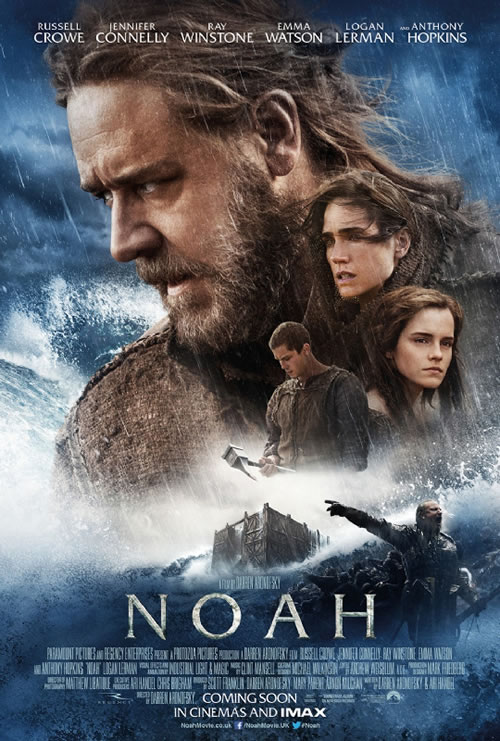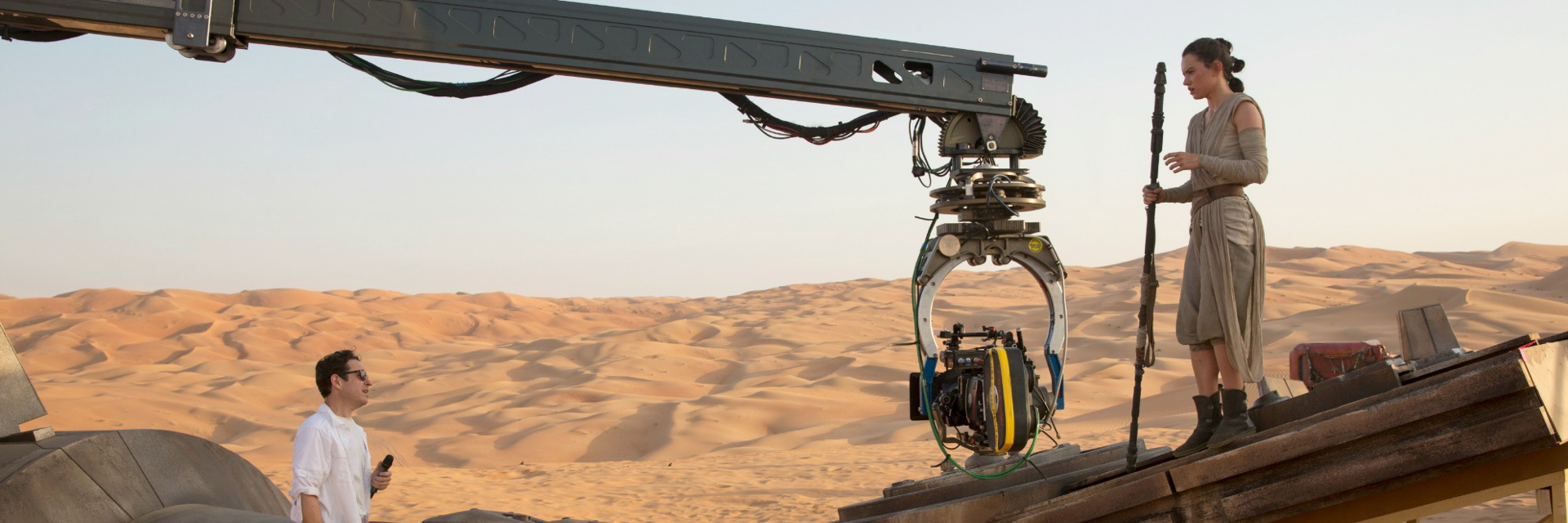It took more than 40 days and 40 nights to create the 3D version of “Noah” that few will see on the big screen in the U.S.
But the work was completed in a nearly miraculous nine weeks from the day word came from Paramount Pictures on Christmas Eve 2013 that they wanted the conversion on the 2-hour and 20-minute big-budget film done by the release date in late March 2014.
 American audiences may yet see that 3D version on Blu-ray but director Darren Aronofsky doesn’t want it seen on screens in the U.S. Too bad, because it does help the otherwise ridiculous movie at least feel a little more engaging and visually enjoyable. And it surely would have helped financially to have that extra $3 or so premium per ticket – the $125 million movie would have at least hit the $100 million mark in the U.S.
American audiences may yet see that 3D version on Blu-ray but director Darren Aronofsky doesn’t want it seen on screens in the U.S. Too bad, because it does help the otherwise ridiculous movie at least feel a little more engaging and visually enjoyable. And it surely would have helped financially to have that extra $3 or so premium per ticket – the $125 million movie would have at least hit the $100 million mark in the U.S.
In addition to the 3D several scenes were altered to better accommodate the 3D, according to Corey Turner, VP of 3D Post Production at Paramount. Turner was part of a panel discussion hosted by the International 3D & Advanced Imaging Society at Paramount on April 23 following a special screening of the film. “It’s a different movie,” Turner said, noting that they completely re-did the rain scene and altered the battle scene, among many other smaller changes. The battle scene was first to be tackled and involved removing a lot of practical rain (real water) and inserting other elements.
The most important work was in reel 1 and reel 4 (near the beginning and end of the film), Turner said.
Deluxe 3D’s Executive VP and Chief Creative Officer Aaron Parry said there were 273 converted shots. Prime Focus World’s Chairman and CEO Namit Malhotra said his company had more than 1,500 people working on the project, which involved about 84 minutes of the film.
Turner said StereoD converted another 55 minutes and the rest was handled by Turner’s team.
Prime Focus World’s Stereographer Benedict Murray said the nine-week conversion process was really only six-to-seven weeks because the first two weeks were spent preparing and shipping data.
— By Scott Hettrick
